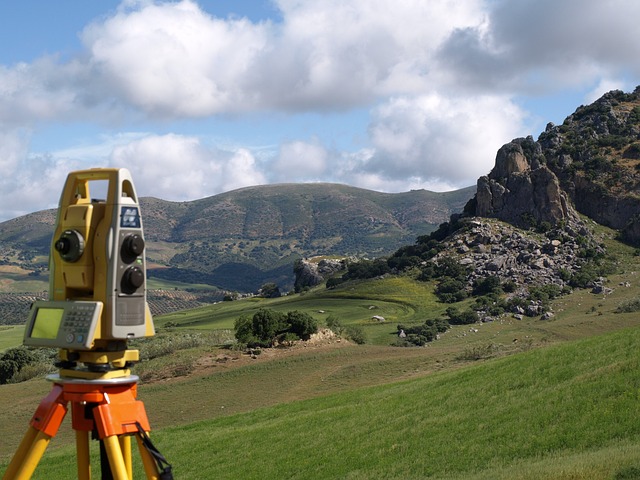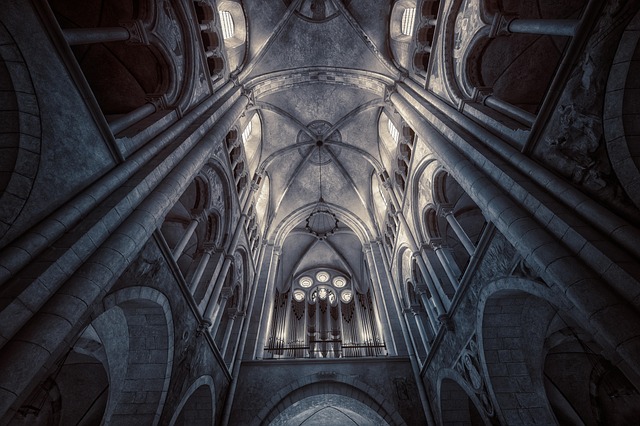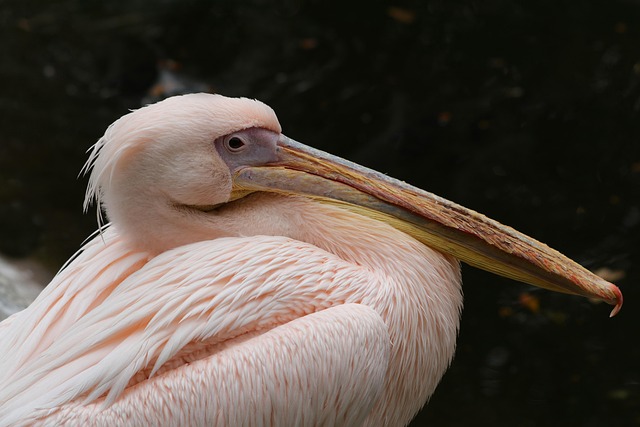Exploring Topography Through Art: A Journey into Fine Arts and Culture
Topography, the study of the earth’s surface and its features, has been a captivating theme in the world of fine arts. Artists throughout history have drawn inspiration from the intricate details of landscapes, transforming them into stunning visual narratives that resonate deeply with cultural identity and human experience. As we embark on this journey through art, we delve into how topography and culture are intertwined, creating a rich tapestry of expression.
The Influence of Landscapes in Art
From the sweeping plains of the American Midwest to the jagged peaks of the Swiss Alps, the physical features of our world provide a canvas for artistic exploration. Through painting, sculpture, and even photography, artists have sought to capture the essence of the land. This interaction with topography reflects not just the physical landscape, but also the emotions, traditions, and stories tied to these places.
Consider the works of landscape painters like Claude Monet or Georgia O’Keeffe, whose portrayals of nature evoke a profound connection to the environment. Their brushstrokes and colors allow us to feel the undulating hills or the vastness of the desert, inviting us to experience the world as they see it. In this way, they are not merely depicting a landscape but telling a story rooted in cultural heritage.
Cultural Roots in Artistic Expression
Every piece of art born from the influence of topography carries the weight of cultural significance. For indigenous peoples, for example, landscapes are often sacred. Artists like Edward Curtis chronicled Native American life, illustrating how geography shapes identity and community. In their works, rivers, mountains, and forests are more than mere settings; they serve as vital components of cultural narratives and spiritual beliefs.
Similarly, in contemporary art, we see a resurgence of artists paying homage to their roots through landscape representation. The way an artist chooses to depict a mountain range or a city skyline often reflects their personal connection to that space and the culture it embodies. This dialogue between the land and the people who inhabit it makes topography not just an object to study, but a living, breathing narrative that transcends generations.
The Modern Interpretation of Topography
In today’s art world, the interpretation of topography has evolved through various mediums, including digital art and installation pieces. Artists like Andy Goldsworthy utilize natural materials to create ephemeral works that speak to the impermanence of both art and nature. These installations challenge viewers to consider how landscapes change over time and how our cultural perceptions of them shift as well.
Moreover, with the rise of technology, virtual and augmented reality are reshaping how we engage with topographic art. Artists now have the power to create immersive environments that transport audiences into different geographies, allowing a deeper exploration of culture and topography in an interactive manner. This innovation not only enhances appreciation for the landscapes we inhabit but also invites dialogue about environmental issues and cultural preservation.
Art as a Reflection of Our World
Ultimately, the intersection of topography, fine arts, and culture offers a unique lens through which we can understand the world around us. Each brushstroke, each sculpted form, and each pixel captures more than just a landscape; it embodies human experience, history, and emotion. As we navigate this artistic journey, let us embrace the myriad ways in which topography defines not only the physical world but also the cultural narratives that shape our identities.




